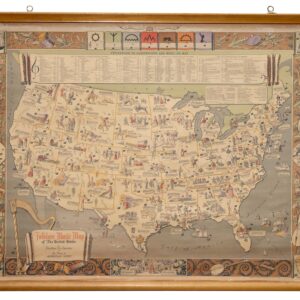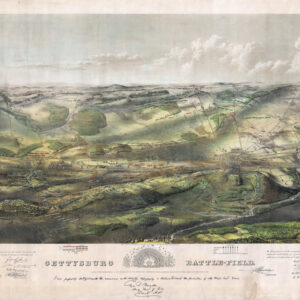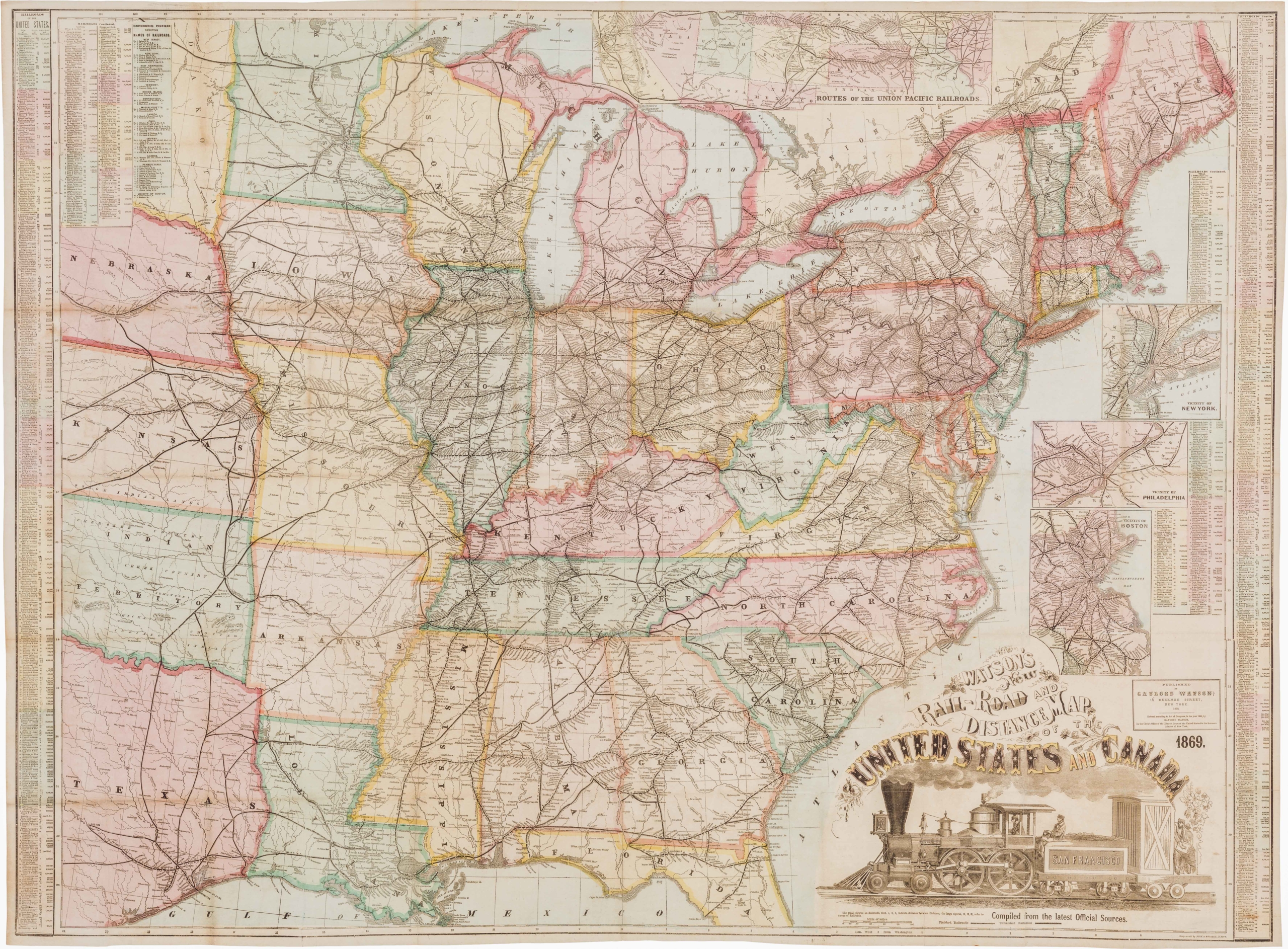Sanborn Fire Insurance Atlas of Miami, Florida – Volume 3: Coconut Grove & Silver Bluff.
Insurance Maps of Miami, Florida Volume Three.
$8,500
1 in stock
Description
A well-preserved and richly detailed volume from the renowned Sanborn fire insurance atlas series, this is Volume 3 of five covering the city of Miami. It was first compiled in 1924 during the feverish Florida Land Boom and brought up to date in 1938, with additional annotations and pasted revisions extending into the late 1950s. It contains 67 block maps and a key map.
This volume focuses on the southern neighborhoods of Miami, including Coconut Grove, Silver Bluff, and surrounding areas. The detailed maps provide block-by-block information, identifying building footprints, construction materials, land use, property lines, and ownership—an extraordinary resource for understanding Miami’s urban development across three crucial decades.
Coconut Grove is among the oldest continuously inhabited parts of Miami, with Bahamian and African American communities settling there as early as the 19th century. Known for its distinctive tropical setting and cultural mix, it became part of the City of Miami in 1925. Silver Bluff, located just to the west, emerged as a suburban extension during the early 20th century, characterized by modest single-family homes and a grid-style planning layout. Both areas evolved rapidly during the interwar years and again in the postwar boom, a transformation thoroughly documented in this atlas.
Sanborn Atlases and Their Use
Sanborn fire insurance maps were published to provide detailed building-level information for underwriters assessing urban fire risk. Used widely by insurance companies, urban planners, and engineers, they were updated by hand and often reflect granular changes in the built environment over time. Each volume includes color-coded keys for construction types (brick, wood, stone), building height, and use (residential, commercial, industrial), making them vital historical documents of urban form.
Rarity and Survival
Sanborn atlases were printed in small quantities for commercial use and rarely intended for long-term preservation. Most were discarded or heavily damaged after falling out of use. As a result, complete volumes in strong condition—especially with revisions extending over multiple decades—are increasingly scarce. The Library of Congress and a handful of academic institutions preserve selected editions, but field copies like this one with original pasted revisions offer a rare glimpse into the day-to-day updating practices and local property histories of mid-century Miami.
Significance
This volume stands out for its unusually good condition and the density of updates, which make it an invaluable source for scholars of urban history, architecture, African American and Caribbean heritage in South Florida, and the layered geography of 20th-century American cities. It also holds strong appeal for collectors of fire insurance maps, Miami ephemera, and pre- and postwar city planning documents.
Cartographer(s):
The Sanborn Map Company (1867 – present) was founded by Daniel Alfred Sanborn (1827 – 1883) to produce insurance maps of cities throughout the United States. The company benefitted from the large-scale urbanization of the Reconstruction Era and the Gilded Age, which, combined with the high risk of fire and the growing insurance industry, demanded maps to track property ownership, lot and building sizes, and other details in the event of damage or destruction. Having produced similar maps for Aetna and other companies on a one-off basis, Sanborn founded his own firm in New York City and released his first atlas, of Boston, in 1867. His timing was impeccable as Boston, which had suffered several large fires before, saw its most destructive fire even in 1872. Other American cities burned in equally dramatic fashion around the same time, including the Chicago Great Fire of 1871. Sanborn, who showed a talent for business and quickly acquired many of his competitors, sent surveyors out to all the major cities in the country to produce atlases that were then sold to insurance companies, large property owners, and others with a vested interest in urban real estate. By 1916, Sanborn had acquired all its major competitors and established a virtual monopoly. Sanborn atlases are notable for their uniform scale, style, and attention to detail, and effectively constitute comprehensive plat maps for nearly all large and mid-sized American cities in the late 19th – early 20th centuries. The atlases were continually updated, and individual volumes are often decorated with many annotations, pastedowns, and other additions, demonstrating the evolution of property ownership and land use over time. As the atlases were often kept on site in buildings, frequently next to boilers and hot water heaters (to protect them in case of fire), they usually exhibit considerable water damage, making surviving examples in good condition even more valuable to collectors and institutions. Beginning in the 1930s, Sanborn’s map business began to drop off due to economic factors (the Great Depression) and changes in the insurance industry that no longer necessitated the large atlases. The company’s profits fell, but it continued to produce atlases for both local and the federal government for some time. After a period of difficulty, Sanborn was able to successfully adopt new technologies and survives to the present as Sanborn Geospatial.
Condition Description
Condition is very good for a Sanborn atlas. Soiling and water damage to very thick cover (canvas-covered boards). Interior pages have some warping but are generally free from soiling or staining in image area. Pages contain numerous pastedowns, annotations, and other modifications to the printed maps.
References





